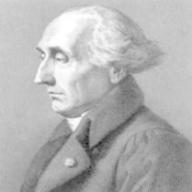My book says that the the alternating voltage supplied by an ideal transformer is equal to the self-induced emf in its primary coil.
Why wouldn't the applied voltage and the self-induced emf cancel out each other and thus no current flows in the primary coil? Or there is a phase lag between the applied voltage and the self-induced emf?
Pure inductance in ac circuit
2012-02-20 8:45 pm
回答 (1)
2012-02-20 10:10 pm
✔ 最佳答案
I suppose your book should state that this happens under the condition that the primary coil is assumed to be ideal, i.e. it acts as a pure inductor with no resistance.Hence, under a "no resistance" condition, no net-voltage is required to drive a current once it is started (this is analogous to the situation in mechanics that if you push an objet to move on a perfectly smooth surface, the object will continue in motion even after the push is stopped). Hence, the applied voltage must be equal to the self-induced emf.
Just imagine if the applied voltage is higher than the self-induced emf, because the primary coil is ideal (i.e. no resistance), the current driven by a net-voltage would become infinitely large, which is not possible in reality.
收錄日期: 2021-04-29 17:45:38
原文連結 [永久失效]:
https://hk.answers.yahoo.com/question/index?qid=20120220000051KK00227

